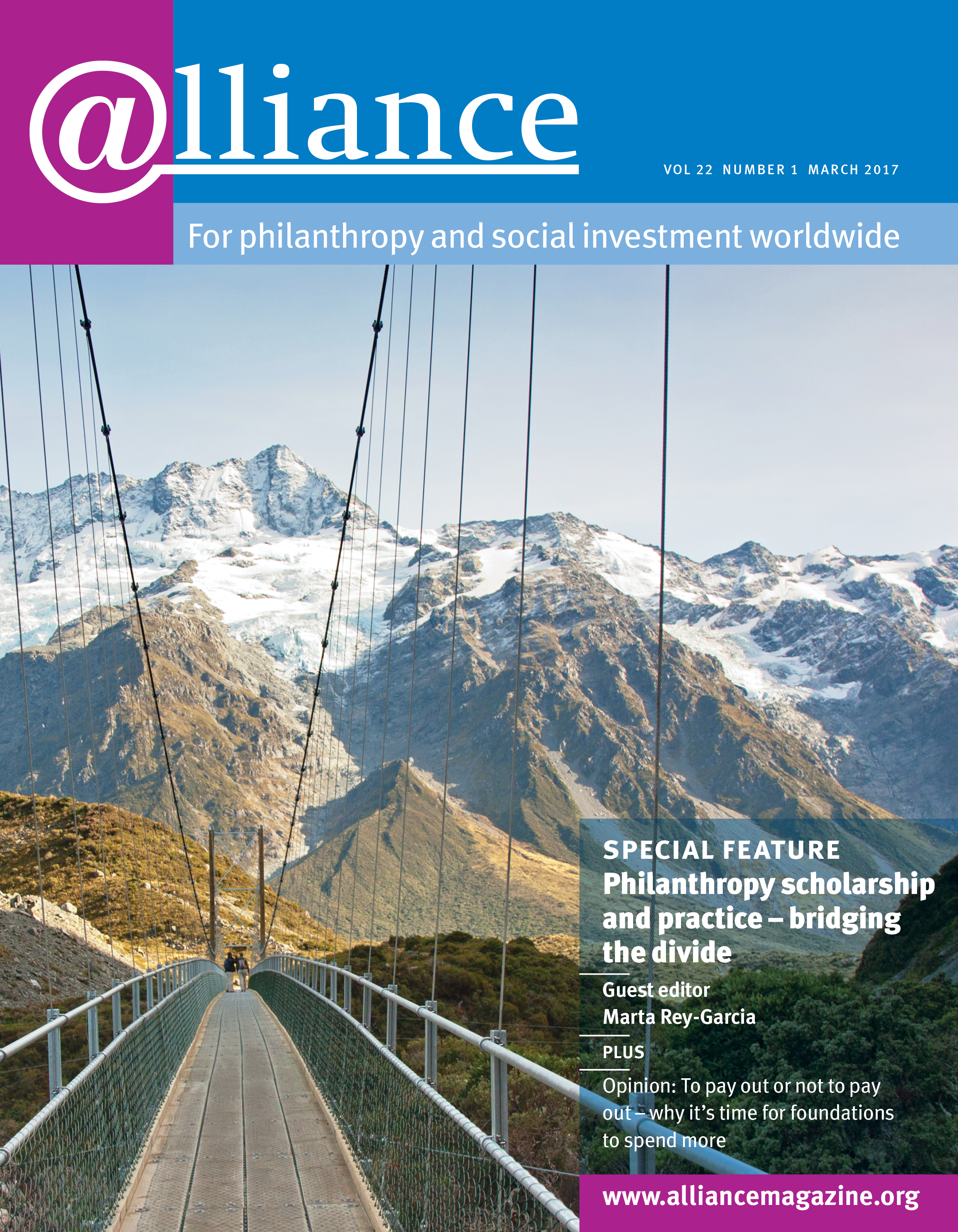The European Research Network on Philanthropy (ERNOP) has produced what is probably the clearest and most reliable account of European philanthropy to date – but, as it acknowledges, ‘best yet’ does not mean ‘best possible’. Paradoxically, in fact, it probably says more about what we don’t know than about what we do.
The research, led by ERNOP executive director Barry Hoolwerf and ERNOP president Prof Dr Theo Schuyt of the Center for Philanthropic Studies at VU University in Amsterdam, has resulted in a factsheet that provides information about bequests, giving by individual households, foundations, corporations, and charity lotteries in 20 European countries.
The publication, say the authors, ‘aims to stimulate researchers, policymakers and philanthropy professionals in fostering research on philanthropy and to inspire them to exchange knowledge and information’.
The researchers have come up with a total figure for giving in Europe across 20 countries of €87.5 billion in 2013. The UK and Germany account for the biggest proportions, at €25.3 and €23.8 billion respectively.
They have also taken pains to ensure that it is as robust as it can be. The country researchers, all ERNOP members, used a standard template to provide available data sets in their country, giving the best total (lower bound – that is, conservative) estimate available and then classified donations to a range of causes.
The researchers have come up with a total figure for giving in Europe across 20 countries of €87.5 billion in 2013. The UK and Germany account for the biggest proportions, at €25.3 and €23.8 billion respectively. Of the overall total, individual giving, €41.3 billion, makes up nearly half.
It’s also the category in which the authors say representative data is available in the majority of countries studied. A striking 38 per cent of individual giving by Norwegians goes to international aid. Citizens of Switzerland and the UK, by comparison, give only 10 and 13 per cent of their donations to the same cause. The British are most open-handed when it comes to health, which absorbs 27 per cent of individual donations, while the Swiss give most generously toward public or social benefit.
Tread carefully, however. It’s inevitable that the statistics will be read as a kind of league table but that, caution the authors, is just what we shouldn’t do. While the general picture is likely to be substantially accurate, complete dependence should not be placed on the figures themselves. In fact, perhaps the most striking finding of the research is the difficulty of securing reliable data that is comparable across Europe, even in a continent where data is relatively plentiful.
In some countries in the sample, data in some categories (Spain, Ireland and Hungary, for example) is incomplete, either because it is not collected or because it was not made available to the researchers, so only a partial estimate is possible. Similarly, the figures for Norway do not include corporate giving, and in fact, note the authors, ‘there are few countries that provide representative, valid data on giving by corporations, neither categorizations regarding goals supported nor background information about the donating companies’.
The same, they say, is also true for foundations ‘of which we have only an incomplete picture in most European countries’. In short, they conclude, the information we have, though it is the best available, ‘does not yet provide a convincing and comprehensive story about philanthropy’.
What it does do, says ERNOP, is provide a benchmark for future studies and a starting point for engaging the European philanthropy community in producing a clearer view of the continent’s giving. What is needed, says ERNOP, are standardized definitions of categories and a standardized methodology in order to get comparable key information.
In the meantime, ERNOP will push for use of the best methodologies now available at national level and, to fill in the blanks, it will seek to involve researchers from countries that are currently not included in the study to get access to data that does exist but was not made available for this study.
Giving in Europe will be published by Lenthe Publishers in Amsterdam. See here for more information.






Comments (0)